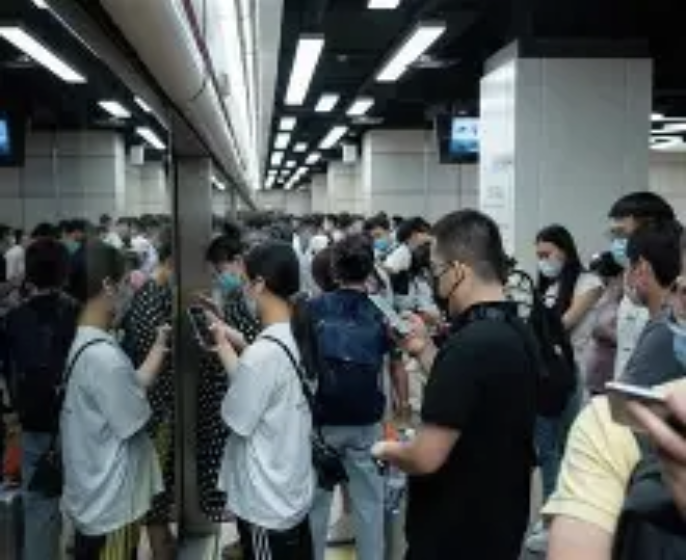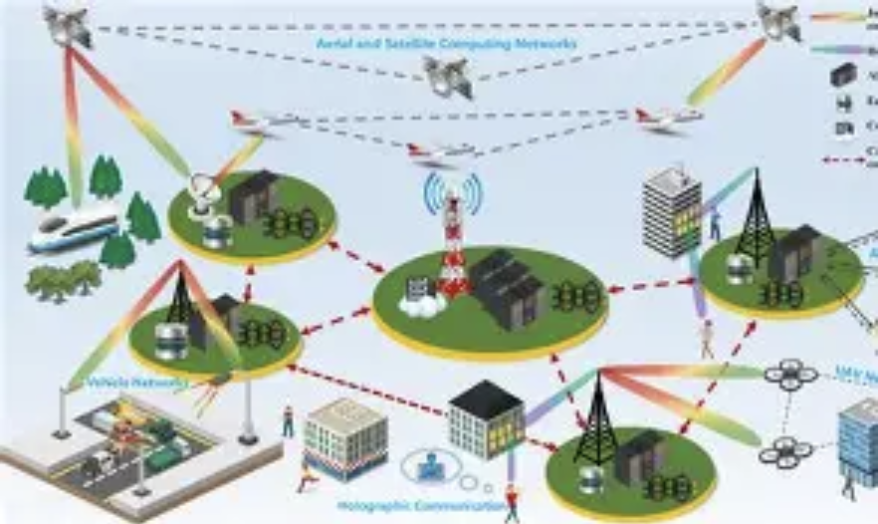Autopilot: Here for Real? First-Tier City Data
As we move toward a future with self-driving cars, top cities are leading the way, backed by impressive testing statistics. By 2024, Beijing has become a leader, achieving a remarkable 3.8 billion kilometers in testing distance. The High-level Autopilot Demonstration Zone in Beijing features an advanced road system covering 600 square kilometers, supporting 35 different companies that are testing vehicles and has issued 1,098 licenses for trials. Meanwhile, Shanghai is also making strides, having opened 926 roads that cover 1,800 kilometers for testing purposes; by March 2019, they had recorded a total of 2.29 billion kilometers in testing. These large testing zones and lengthy trials are setting the stage for the future acceptance of driverless cars.

Diverse Application Scenarios in Action
Self-driving cars have various practical uses in these cities, showcasing their wide-ranging potential. In Beijing, autonomous trucks are actively participating in logistics across provinces, connecting Beijing, Tianjin, and Hebei, while driverless taxis are serving the public in commercial settings. Meanwhile, in Shanghai, self-driving vehicles navigate the busy city center, tackling complex traffic with numerous pedestrians and vehicles. Shenzhen is taking it a step further with L4-level driverless pilot programs; the city has begun issuing permits for unmanned commercial testing and has even introduced driverless container trucks at its ports. These developments not only highlight how versatile autonomous vehicles can be but also indicate the convenience they offer to affluent individuals for daily travel, business journeys, and luxurious getaways.

Safety Data: A Promising Outlook
Ensuring safety is crucial when it comes to new technologies, and autonomous driving fits this need perfectly. According to Tesla's vehicle safety report, cars equipped with Autopilot experience crashes at a rate ten times lower than the national average in the United States. When looking at major cities in China, while data on all self-driving vehicles is still being gathered, the growing distance covered without significant accidents is encouraging. For instance, in the Beijing High-level Autopilot Demonstration Zone, the establishment of smart traffic management systems has led to a 15.1% increase in the average speed of vehicles each day, all while keeping safety levels relatively steady. This suggests that incorporating autonomous driving technology could enhance both traffic safety and efficiency.
Efficiency Improvements: A Time - Saver
For wealthy consumers who prioritize their time, self-driving technology brings significant improvements in efficiency. In Beijing, the city's Demonstration Zone has created dynamic green traffic signals across 60 streets, enabling autonomous vehicles to navigate through up to 8 or 9 intersections without stopping. This innovation not only saves time but also minimizes fuel use and emissions, especially for hybrid or electric self-driving cars. In Wuhan, which holds the title for the largest area dedicated to autonomous driving services worldwide, the enhanced traffic flow from these vehicles has improved driving conditions. As a result, affluent individuals suffer fewer delays while heading to crucial business meetings or exclusive events.

Test data from major cities reveals that autonomous driving is swiftly becoming a reality rather than a distant possibility. Ongoing advancements in testing methods, various uses, strong safety performance, and increased efficiency indicate that self-driving cars are poised to transform how wealthy individuals travel, providing a heightened level of convenience, safety, and luxury in their transportation experiences.
(Writer:Galli)





